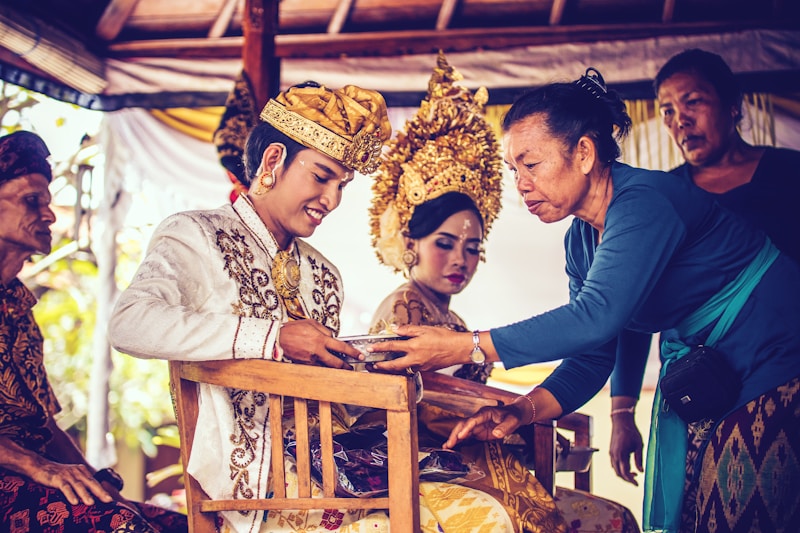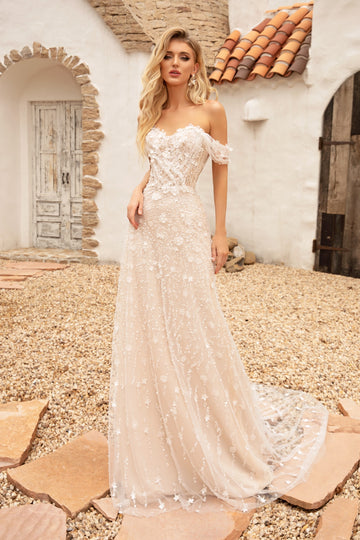Balancing Tradition and Modernity in Weddings: A Guide to Creating Timeless Celebrations
Balancing Tradition and Modernity in Weddings: A Guide to Creating Timeless Celebrations
Introduction
Weddings are a beautiful blend of love, commitment, and culture. One of the latest trends in wedding planning is balancing tradition and modernity. Couples today are increasingly looking to honor their heritage while incorporating contemporary elements that reflect their personal styles. In this article, we will explore how to achieve this balance, ensuring that your wedding is not only a celebration of love but also a heartfelt tribute to traditions.
The Importance of Tradition in Weddings
Tradition plays a pivotal role in weddings across the globe. It serves as a bridge connecting generations and cultures. Many couples find comfort in executing rituals that have been passed down through their families. From traditional attire to ceremonial practices, these elements are significant in providing a sense of belonging and continuity. Some common traditional elements include:
| Traditional Elements | Modern Interpretations |
| Wedding Attire | Mixing traditional fabrics with contemporary designs |
| Ceremonial Rites | Incorporating personalized vows |
| Venue Selection | Combining classic spaces with modern decor |
| Catering Styles | Serving traditional dishes with a modern twist |
Embracing Modern Trends
While traditions hold immense value, modern weddings are open to innovation and creativity. Couples can incorporate various modern trends to reflect their unique identities. Here are some modern practices that can be integrated seamlessly with traditional elements:
- Personalized Vows: Rather than sticking strictly to traditional vows, many couples choose to write their own, allowing for a personal touch.
- Unique Themes: From bohemian to minimalist, couples can select themes that resonate with their tastes while incorporating traditional symbols.
- Technology Integration: Virtual invitations, live streams of ceremonies, and digital guestbooks are modern additions that many couples embrace.
- Sustainable Practices: Eco-friendly weddings are trending, with a focus on minimizing waste and making ethical choices.
Bridging the Gap: Tips for Balancing Tradition and Modernity
Finding the right balance between tradition and modernity can be challenging yet rewarding. Here are some actionable tips for couples looking to blend both elements:
- Start with Heritage: Discuss your family traditions with your partner’s family to understand which practices are most meaningful and how they can be integrated.
- Choose Key Elements: Focus on a few traditional aspects to include in your ceremony rather than trying to incorporate everything. This will prevent the event from feeling rushed or overcrowded.
- Mix and Match: Experiment with different combinations of modern characteristics and traditional elements, such as a fusion of cuisines during the reception or a traditional ceremony followed by a modern reception.
- Involve Family: Involve both families in the planning process and consider their respective traditions. This involvement can enhance the significance of the event.
- Consult Professionals: Hire wedding planners or designers who have experience in blending cultural traditions with modern aesthetics.
Real-Life Examples of Balancing Tradition and Modernity
Many couples have successfully balanced tradition and modernity, creating unforgettable weddings. For instance:
- A couple of Indian and American descent chose to wear traditional Indian attire for the ceremony while switching to modern, stylishly tailored outfits for the reception.
- A Japanese couple incorporated the tea ceremony into their vows, but opted for a contemporary setting with modern floral decor for their venue.
- A couple chose a classic church setting for the ceremony but decorated the reception space with neon lights and modern furniture to create a vibrant and youthful atmosphere.

Plan Your Wedding: Step by Step
Planning a wedding that balances tradition and modernity requires thorough consideration and organization. Here’s a step-by-step approach to help you through this process:
- Define Your Vision: Before diving into the logistics, sit down with your partner and discuss your wedding vision, desired themes, and which traditions are essential to you.
- Create a Budget: Determine your budget early on, separating funds for traditional elements and modern features. This will guide your decisions throughout the planning process.
- Choose the Right Venue: Select a location that can accommodate both traditional ceremonies and modern receptions. Look for spaces that blend classic architecture with contemporary design.
- Work with Vendors: Choose vendors who are enthusiastic about your vision and have experience incorporating traditional elements into modern designs.
- Finalize the Guest List: When inviting guests, consider their cultural backgrounds and how they might feel about the traditions you're including. This respect for heritage can be appreciated deeply.
Final Thoughts: Crafting Your Unique Celebration
Creating a wedding that balances tradition and modernity is all about embracing the best of both worlds. By thoughtful planning and open communication between you and your partner, along with your families, you can craft an unforgettable celebration that pays homage to your roots while expressing your individual styles. Remember, your wedding is a reflection of your love story, so ensure it resonates with both your past and your future.
Ultimately, the key to a successful wedding lies in understanding that every couple is unique. Embrace the process, make choices that resonate with your heart, and let your wedding be a memorable day that reflects your commitment to each other and to the traditions you hold dear. Whether you lean more toward tradition or modernity, the perfect wedding is not one that fits a mold but rather one that fits the love you share.
